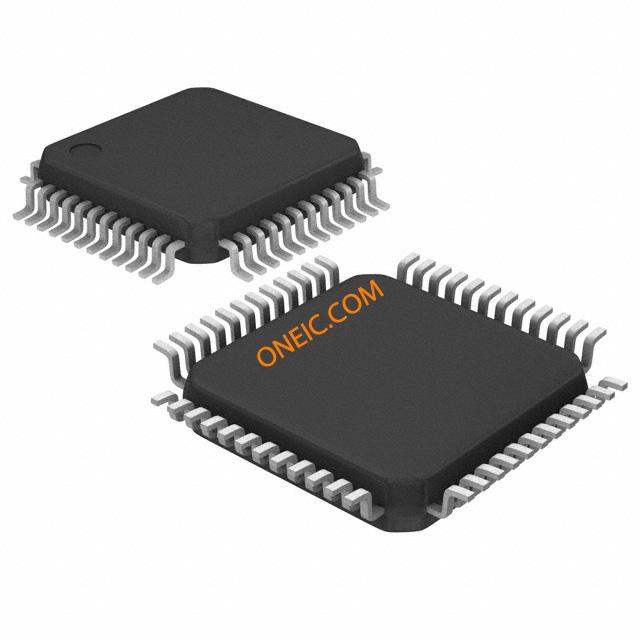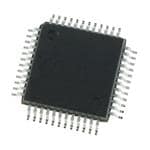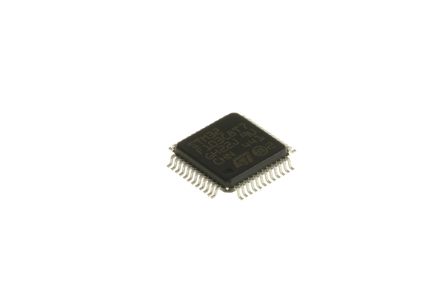STM32F103C8T7
32-bit ARM Cortex M3 microcontrollers with 64KB flash memory
Manufacturer: stm
series introduction
# Introduction to the STM32F103C8T7 Product Series
## 1. Overview
The STM32F103C8T7 belongs to the STM32F103 series of microcontrollers developed by STMicroelectronics. This series is based on the ARM Cortex - M3 32 - bit RISC core, which combines high performance, low power consumption, and rich peripheral features. The STM32F103C8T7, in particular, is a popular choice among developers for a wide range of applications due to its excellent balance of cost, performance, and functionality.
## 2. Key Features
### 2.1 Core and Performance
- **ARM Cortex - M3 Core**: The ARM Cortex - M3 core provides a high - performance processing platform with a Harvard architecture and a 3 - stage pipeline. It can execute instructions at a maximum frequency of 72 MHz, enabling fast data processing and efficient execution of complex algorithms.
- **Memory**:
- **Flash Memory**: It is equipped with 64 KB of embedded Flash memory, which is used to store the program code. This allows developers to implement relatively large and complex applications.
- **SRAM**: There is 20 KB of static random - access memory (SRAM), which provides sufficient space for data storage during program execution, such as variables, buffers, and stack space.
### 2.2 Peripherals
- **GPIO (General - Purpose Input/Output)**: The STM32F103C8T7 has a total of 37 GPIO pins. These pins can be configured as input or output ports, and they support various functions such as push - pull output, open - drain output, and pull - up/down input. GPIO pins are widely used for connecting external devices such as sensors, actuators, and displays.
- **Timers**:
- **Advanced - control Timers**: It includes 1 advanced - control timer (TIM1), which can be used for applications such as motor control, generating PWM (Pulse - Width Modulation) signals with high precision.
- **General - purpose Timers**: There are 3 general - purpose timers (TIM2, TIM3, TIM4), which can be used for tasks like event counting, time measurement, and generating basic PWM signals.
- **Communication Interfaces**:
- **USART (Universal Synchronous/Asynchronous Receiver/Transmitter)**: It has 3 USART interfaces, which support both synchronous and asynchronous communication modes. These interfaces are commonly used for serial communication with other devices, such as computers, sensors, and modules.
- **SPI (Serial Peripheral Interface)**: There are 2 SPI interfaces, which provide a high - speed serial communication protocol for connecting to external devices like flash memories, sensors, and displays.
- **I²C (Inter - Integrated Circuit)**: It includes 2 I²C interfaces, which are used for short - distance, multi - master - slave communication between integrated circuits. This is useful for connecting to devices such as EEPROMs, sensors, and other integrated circuits.
- **ADC (Analog - to - Digital Converter)**: The microcontroller is equipped with 2 12 - bit ADCs, each with up to 16 channels. This allows for the conversion of analog signals from external sensors (such as temperature sensors, light sensors) into digital values for further processing.
### 2.3 Power Management
- **Low - Power Modes**: The STM32F103C8T7 supports multiple low - power modes, including sleep mode, stop mode, and standby mode. In these modes, the power consumption of the microcontroller can
Images for reference

48-LQFP

Image Preview

Image Preview